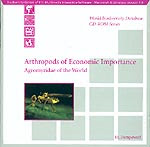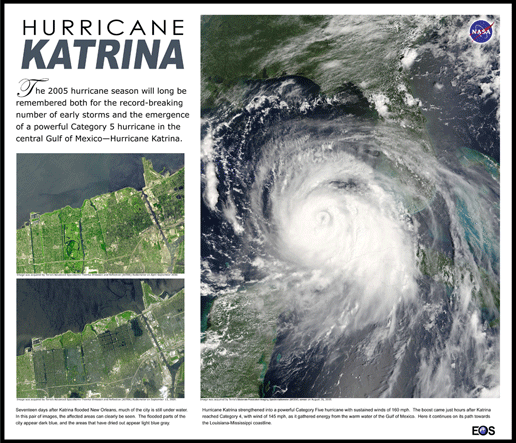
GUIDE TO THE MIDEAST PEACE PROCESS last update 21 Nov 2007
Israel Ministry of Foreign Affairs
Since its establishment in 1948, the State of Israel has sought peace with its neighbors through direct negotiations. However, its efforts to reach out for peace and to open direct channels of dialogue were not met by similar efforts on the Arab side. Until the 1991 Madrid Conference, only Egypt had accepted Israel's offer to negotiate face-to-face. Egyptian President Anwar Sadat accepted Prime Minister Begin's invitation for dialogue, and the two countries embarked on historic bilateral negotiations which led to the 1978 Camp David Accords and the 1979 Israel-Egypt peace treaty. Since then, peace has prevailed on our mutual border and cooperation between the two states is growing.
In May 1989, Israel presented a new peace initiative. The breakup of the Soviet Union and the Gulf War produced a change in the basic political order of the Middle East, prompting the Arab world to reassess its attitude toward Israel and to enter into negotiations to build a new future for the Middle East.
In October 1991, a conference was convened in Madrid to inaugurate direct peace talks. Subsequently, bilateral negotiations were conducted between Israel and Syria, Lebanon, Jordan and the Palestinians, as well as multilateral talks on key regional issues. These talks culminated in the signing of a Treaty of Peace between Israel and Jordan on October 26, 1994, and a series of interim agreements with the Palestinians.
The failure of the Camp David Summit in July 2000 virtually brought an end to bilateral peace talks between Israel and the Palestinians for seven years. In 2007, talks were resumed under the framework of the Roadmap for a permanent two-state solution to the Israeli-Palestinian conflict put forward by US President George Bush. An international conference will convene in Annapolis on November 27, 2007 to relaunch the negotiating process, towards the realization of the two-state vision.
The links below provide information about ongoing developments in the Middle East peace process since the Madrid Conference, on both the bilateral and the multilateral tracks, as well as diagrams describing the structure of the early negotiations.
Introduction
* The Madrid Framework
Bilateral Negotiations
* Bilateral Negotiations Israel-Jordan
* Bilateral Negotiations Israel-Palestinians
* Bilateral Negotiations Israel-Syria
* Bilateral Negotiations Israel-Lebanon
Multilateral Negotiations
*Multilateral Negotiations Introduction
*Environment Working Group
Arms Control and Regional Security Working Group
*Refugees Working Group
*Water Working Group
*Regional Economic Development Working Group
Fruits of Peace
*Political and Economic
*Fostering a Better Future
Diagrams
* Madrid Framework
*Israel-Jordan Negotiations
* Israel-Palestinian Negotiations
* Multilateral Negotiations
MFA FOREIGN RELATIONS
Gaza… Hamas… Conflict… Facts!
There are numerous official and authoritative Israeli websites that discuss the conflict in Gaza and provide objective and responsible information about the events.
The conflict in Gaza - links to Israeli sources:





























No comments:
Post a Comment